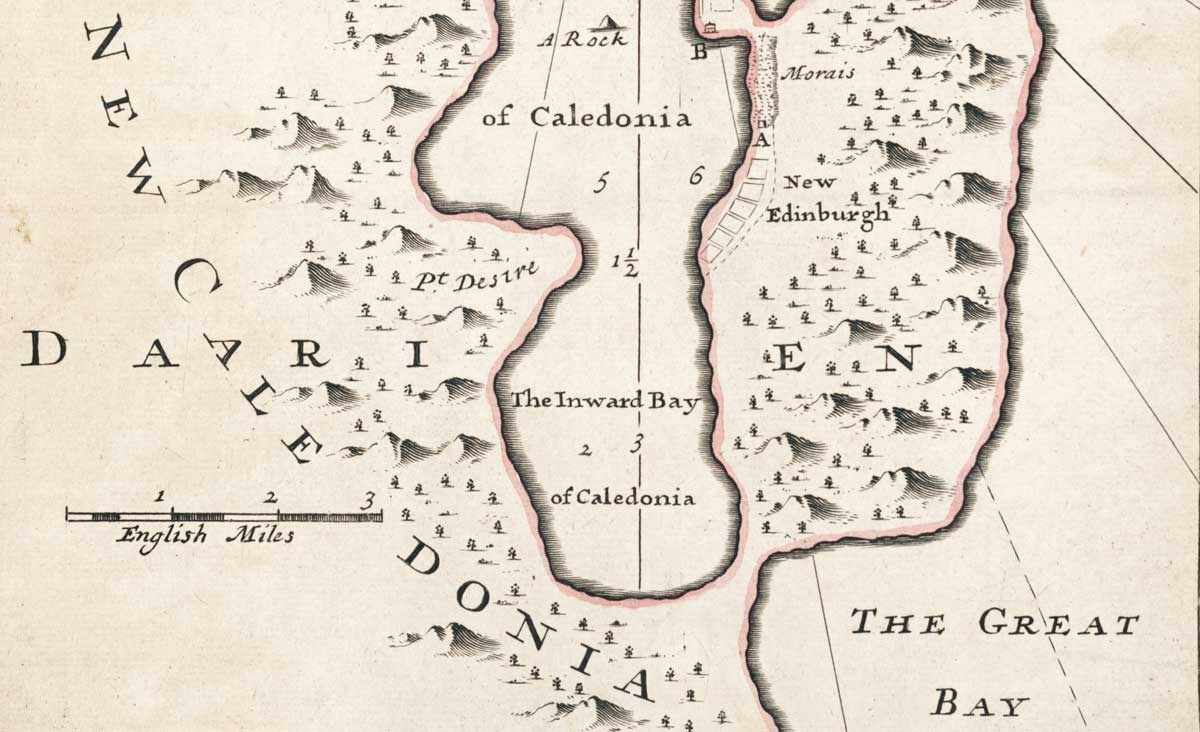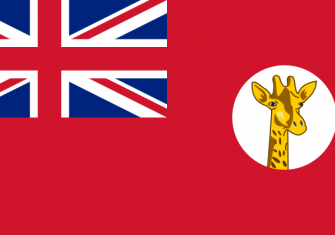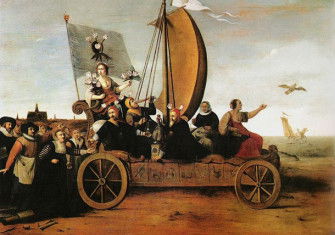Scotland’s Darien Scheme
Scotland’s short-lived, catastrophic Central American colony exposed its precarious relationship with England. Was closer union an inevitable result?

In 1698 an ambitious new Scottish trading company established an outpost on the narrow isthmus between North and South America. A colony there, it was thought, would unlock trade between Europe, Africa, the Americas and even Asia, thanks to the short trek to the Pacific shore. The tropical forests would yield valuable timber and its hills would contain gold. Yet, within two years, the colony and its vast aspirations had collapsed.
Known as the Darien Scheme, today the enterprise is seen as a colossal mistake. The territory was claimed by Spain and the Scots could never have challenged the military might of that declining but still formidable empire. The land was occupied by the Tule people, so the colony’s dreams of wealth relied on the exploitation of indigenous lands. Darien was advertised with a 1697 promotional poem imagining ‘Black Slaves’ working like ‘busie Bees’ to grow sugar and provisions, showing that the colonists also planned to exploit the Atlantic slave trade.







